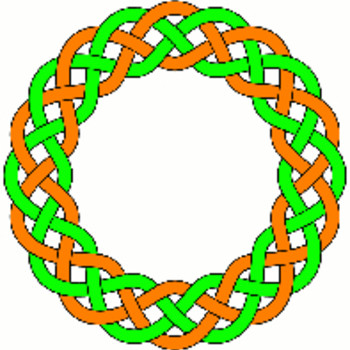What is the polar form of #( 4,9 )#?
2 Answers
Explanation:
To solve this question you must imagine a triangle that has a base distance of
We want to do this so that we can find out how far and at what angle the polar coordinates are and so that we can convert the current cartesian coordinates
The triangle
Base
Height
Hypotenuse
The angle between
Use Pythagoras Theorem to find the hypotenuse (
Use the Tangent Function to find the desired angle
Explanation:
The line joining the origin to the given point, that is the line joining
is the hypotenuse of a right angled triangle with
the line along the x axis from
and the line along the y axis from
forming the other two sides that enclose the right angle.
The side on the x axis has length 4, and that on the y axis has length 9, so that, by the Pythagorean relationship, the length of the hypotenuse is
That is the modulus of the polar form, conventionally denoted by
The tangent of the angle (in radians, conventionally denoted by
that is,
so, the point has polar form


